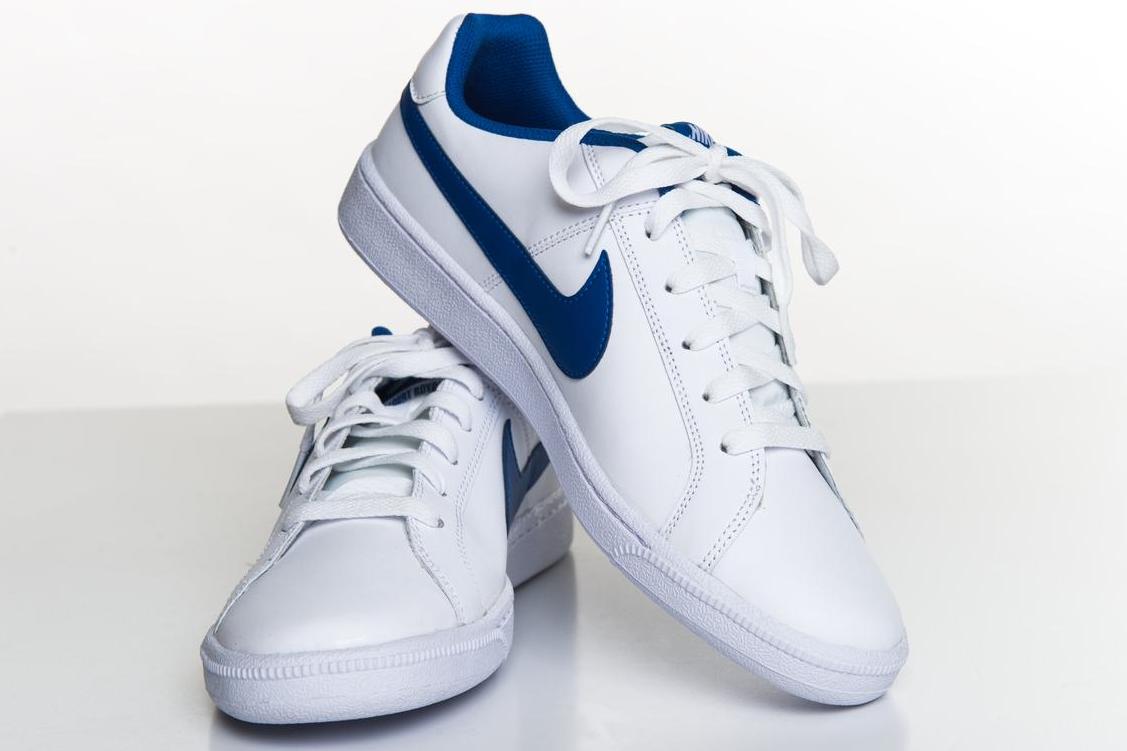Why Nike trainers are the most counterfeited shoe brand in the world
What is it that drives people to buy fake kicks?

Your support helps us to tell the story
From reproductive rights to climate change to Big Tech, The Independent is on the ground when the story is developing. Whether it's investigating the financials of Elon Musk's pro-Trump PAC or producing our latest documentary, 'The A Word', which shines a light on the American women fighting for reproductive rights, we know how important it is to parse out the facts from the messaging.
At such a critical moment in US history, we need reporters on the ground. Your donation allows us to keep sending journalists to speak to both sides of the story.
The Independent is trusted by Americans across the entire political spectrum. And unlike many other quality news outlets, we choose not to lock Americans out of our reporting and analysis with paywalls. We believe quality journalism should be available to everyone, paid for by those who can afford it.
Your support makes all the difference.The battle to shut down trainer counterfeiting operations is becoming harder and harder as illicit traders move online.
Nike shoes are the most counterfeited item in the world - thanks to the distinctive swoosh and a demand from young people for expensive products on the cheap.
In the past, it was easier to tackle because street traders could be spotted and arrested.
But now there's a booming, lucrative online marketplace for the trainers, which is increasingly difficult to shut down.
One teenage sneaker fan told The Independent: “I buy counterfeit trainers because the retail price on shoes is too high. For the money you pay, the quality is almost identical to authentic shoes.”
Ariele Elia, assistant curator at The Museum at The Fashion Institute of Technology in New York, told Complex: “The internet completely changed everything. People don't actually buy [a counterfeit item] physically in the store, but they'll probably buy it online and have it shipped to their house.”
Big cargo freights are also much easier for customs authorities to catch at the border than individual packages sent through the postal service – especially a small, relatively light shoebox.
Illicit online retailers are also smart at throwing authorities off their trail by sending items through roundabout routes.
It’s not just websites; counterfeiters use a range of platforms including WhatsApp to push their illegal wares – which is particularly appealing to young trainer fans.
So what is it that drives people to buy fake kicks rather than the real thing?
According to the teenager The Independent spoke to, the ability to own a mix of shoes that are almost identical in aesthetic and quality is a big sell. And, to the untrained eye, a fake isn’t easy to spot.
“You can find defects. There’s even a community on Reddit which goes deep into finding flaws and the best quality replicas.
“They’re also relatively easy to get hold of. I buy mine online through Chinese resellers and the quality is ridiculously good.”
Intellectual property expert Amy Goldsmith also told Complex: “In some ways the brick and mortar buildings were easier, because we knew where they were.
“We could locate them. When you're in the online universe it's very difficult, because of privacy protections, to actually locate the true owner.”
The demand for counterfeit clothing, particularly items with identifiable logos, is simple.
“People who cannot afford luxury, but want to look as if they can (‘poseurs’) go for big logos,” journalist Brooke Unger wrote in 1843 Magazine earlier this year. “Counterfeiters usually copy louder goods.”
Some experts say the logo obsession first took off in the late 80s and early 90s, as a result of the booming hip-hop culture, which also places great importance on footwear.
These brands have universally identifiable logos and as a result, really draw on the idea of aspirational dress.
For young sneaker heads especially, this makes the lure of low-cost, near identical replicas hard to turn down.
Join our commenting forum
Join thought-provoking conversations, follow other Independent readers and see their replies
Comments